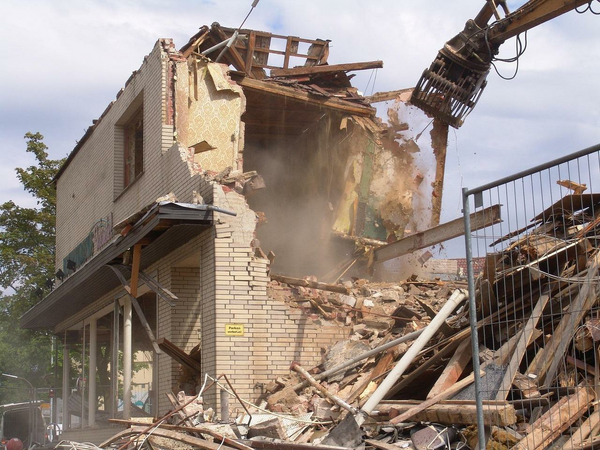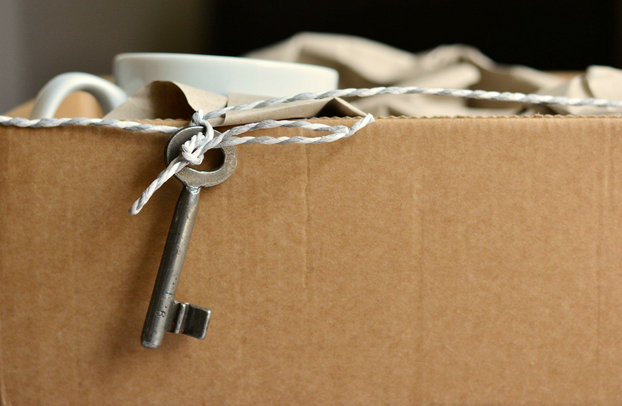
While it may seem ideal to live on the beach and be close to the water, there can be some unexpected obstacles you’ll have to deal with. You can suffer from severe water damage if your house is in the wrong place on the shoreline.
There are, however, several things you can do to manage your damage and restore your home to its original state after a storm.
1) Invest in Water Damage Restoration Services
Your house can have significant issues if water damage goes undetected like it so often does if you’re not careful. Mould will grow in the crevices of your house, hardwood floors will be destroyed, and pipes will leak when you repair your property.
If you find any sign of water damage, you must get your property repaired as soon as possible by a local company you trust.
2) Know the Several Types of Water
Three types of water damage affect properties:
- Clean water from condensation
- Leake pipes
- Rainwater
Depending on the type of water your home is damaged by, you can clean it up yourself, or you may need to seek help from professionals.
The colour of the water also speaks to the type of damage on the property.
- “Gray” water is slightly dirty and comes from appliances like washing machines. This water can be cleaned up if you protect yourself properly.
- “Black” water is made of sewage or flooding from rivers. You should not try to clean it up yourself, as this kind can cause serious health problems. This is also the most expensive water to clean up. Contact a professional service for help.
3) Focus on Water Damage to Ceilings First
Ceilings with water damage are more vulnerable than damaged walls or floors because of gravity, and you do not want your walls to cave in or collapse. Be sure to remove the damaged ceiling panels and find the source of the leak. Make sure there is no structural damage to the beam, and consult professionals if you are unsure about the effects.
4) Replace All Damaged Wood
All rotting wood, warped wood, and wood with mould and mildew problems must be replaced. If the wood is a structural feature of your house, then be very careful replacing it so your home can have the proper support. If left in the house, your wood will start to look soggy and will darken in colour.
Whenever mould grows in any part of your house, you want to be as cautious as possible because you do not know the extent of the damage.
5) Disinfect All Remaining Materials
You should always spray and wipe down the whole area where the mould is before starting any repairs. This is to make sure that no mould spores are lingering after cleanup. You can choose from several homemade options to clean the area or just a bleach solution.
6) Cleaning Up Your Home
After some of the serious effects of water damage impact your family, it may be hard to sort out everything you should do. It is essential to regularly check for signs of damage throughout your house and repair damage as soon as possible.
If you know what kind of water has affected your home, you can get a better idea of how much the cleanup job will cost and whether the damage is self-treatable. However, you should call a professional to ensure no future damage.




 POSTED BY
POSTED BY 

